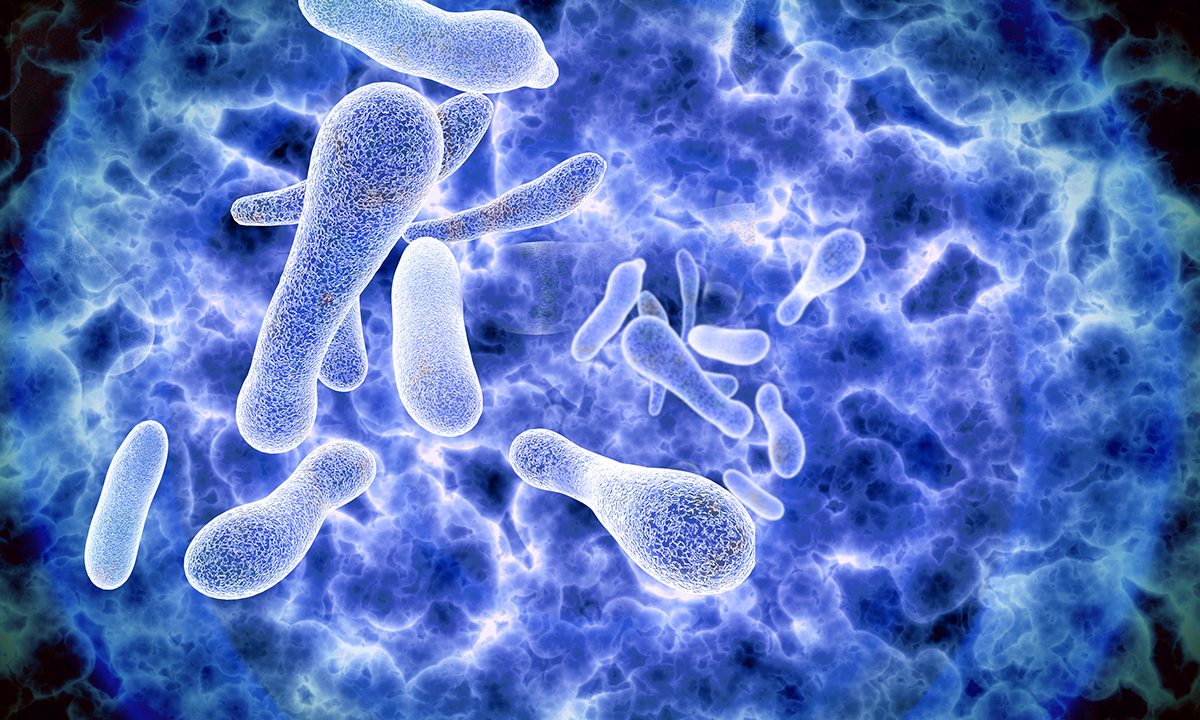NEW Australian research has highlighted the potential of using whole-genome sequencing when detecting and treating outbreaks of Legionnaires’ disease.
Legionella is ubiquitous in freshwater distribution systems such as plumbing and water cooling towers. Infection to humans is from inhalation of contaminated water aerosols and manifests itself into pneumonia, particularly in vulnerable and immunosuppressed patients.
Recent outbreaks in Sydney’s CBD and, last week, in a shopping centre in the Melbourne suburb of Cranbourne, have brought Legionnaires’ disease back into the public eye.
The new study, published in British Clinical Infectious Diseases, looked at various hospital-based Legionella outbreaks, including one at Brisbane’s Wesley Hospital in 2013.
In an accompanying editorial, Associate Professor Scott Beatson from the University of Queensland and Dr Paul Bartley from Wesley Hospital further explained this Australian first investigation.
“We (and others) exploited whole-genome sequencing (WGS) of these environmental and patient isolates, concluding that patient isolates were most similar to those from their immediate environment, and that closely related environmental isolates clustered in the same general locality within a ward. Furthermore, we could link these directly with [Legionella] pneumophila isolated from a patient with pneumonia from our hospital from 2011,” they wrote.
As hospitals often have complex plumbing and need hot water to be delivered at a reduced temperature to avoid burns, they can often be a breeding ground for Legionella.
“It can live within pipes in these biofilms for years or even decades. So, for it to be found 2 years apart with an indistinguishable isolate is disappointing but not surprising,” Dr Bartley told MJA InSight.
WGS is an emerging technology that hasn’t been used extensively, although most health care jurisdictions will have some access to it through public health facilities or research institutes.
It was used for the first time in NSW in 2016 to link cases of Legionnaires’ disease to two cooling towers sharing a common strain of Legionella in Sydney’s CBD.
In the NSW Health report, released in November 2016, investigators concluded: “It is possible that with the gradual uptake of genome sequencing and corresponding increase in the number of LP1 genomes in public databases internationally, our confidence in inferring or excluding epidemiological links from genomic similarity will also increase”.
However, WGS can’t always be used in suspected Legionella cases, which is what happened in an outbreak in Sydney’s inner west last year.
Dr Leena Gupta, clinical director of the Public Health Unit at Sydney Local Health District, explained: “It’s a really useful tool to link cases to each other and an environmental source; however, [in the Sydney inner west case] we didn’t have an environmental source to link it to”.
Similarly, a suspected outbreak at St George Hospital in Sydney’s south east was unable to be linked to an environmental source.
Professor Mark Ferson, director of the Public Health Unit, South Eastern Sydney Local Health District, told MJA InSight: “It is often very difficult to pinpoint the source of an outbreak. It is possible that another cooling tower had Legionella in it and may have been cleaned and disinfected before environmental health officers inspected and tested”.
Last week an outbreak was reported near Cranbourne Park Shopping Centre in Melbourne; however, it’s unlikely WGS will be used to investigate the cause of this outbreak.
A Victoria Health spokesperson told MJA InSight: “The comparison of Legionella species in clinical and environmental samples using genomic methods in ‘real time’ during Legionella outbreak investigations is not yet routine practice”.
Dr Grant Hill-Cawthorne, senior lecturer in Communicable Disease Epidemiology at the University of Sydney, hopes that it soon will be.
“These studies underline the importance of investing in genomics and microbiology as it’s definitely the way of the future. We’re playing catch-up in Australia, and more investment in this kind of work and more investment in public health laboratories would help,” he said.
When it comes to hospitals, each state health department has their own requirements for Legionella management, although Dr Bartley said it does vary from state to state.
“Some states are quite proactive in having risk management strategies that have included testing.”
According to Professor Ferson: “All NSW Health facilities must undergo a quarterly program to routinely test cooling towers and warm water systems for Legionella so that early corrective action can be taken should contamination occur”.
However, Dr Bartley said that there wasn’t much point in testing if there weren’t strategies to reduce the risk in the first place.
“Those risk reduction strategies include looking for dead legs (pipes that end in a cap that go nowhere), reducing the number of low flow circuits (a plumbing circuit that goes back on itself), and removing any damaged plumbing infrastructure. Also, considering disinfection of water distribution systems and following the legal requirements of keeping water at certain temperatures,” he explained.
Dr Hill-Cawthorne admitted that most research focused on how to reduce the problem of Legionella once it’s there.
“It’s one of those areas where civil engineering and biology haven’t quite met in the middle and that probably needs to happen a bit more,” he said.
To find a doctor, or a job, to use GP Desktop and Doctors Health, book and track your CPD, and buy textbooks and guidelines, visit doctorportal.

 more_vert
more_vert